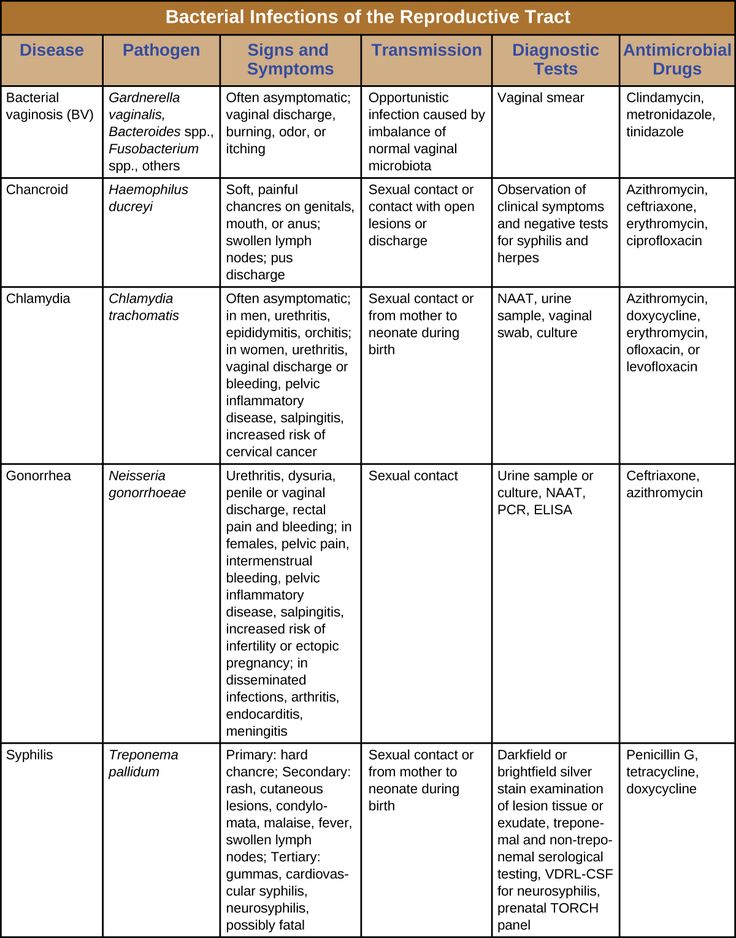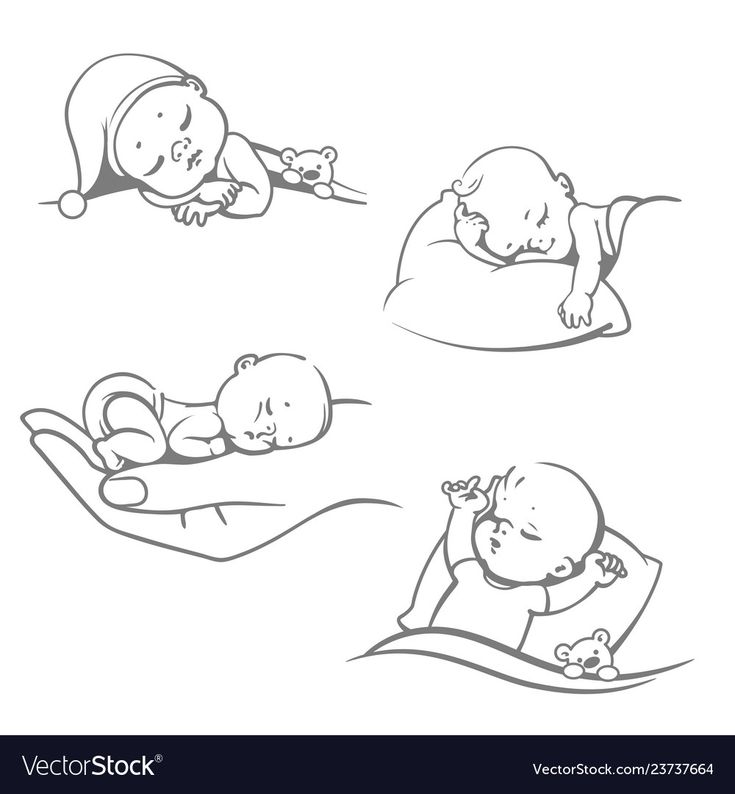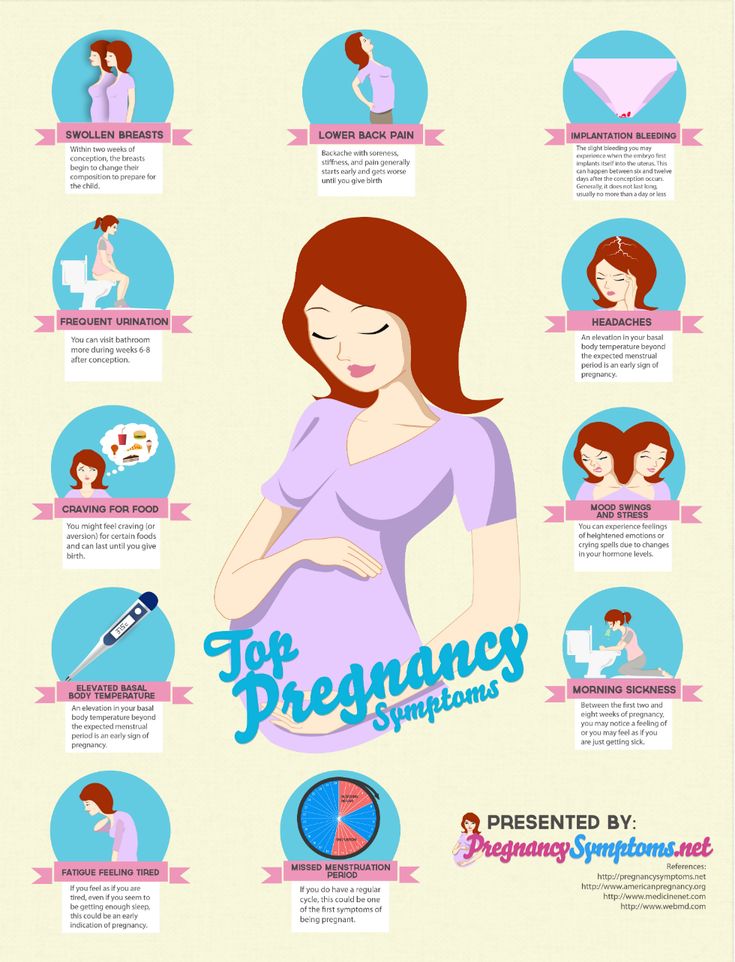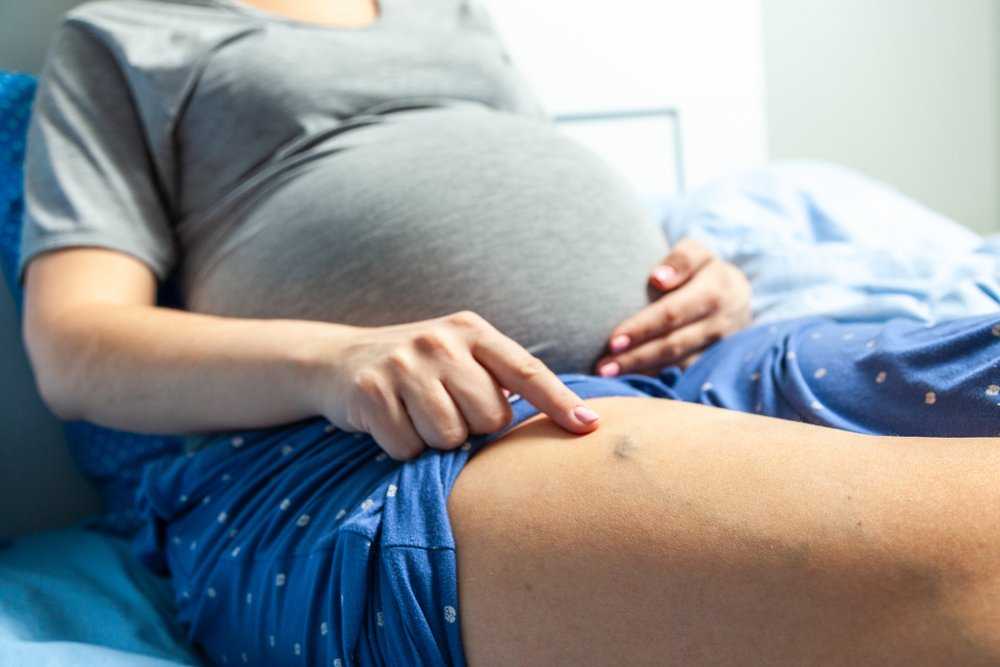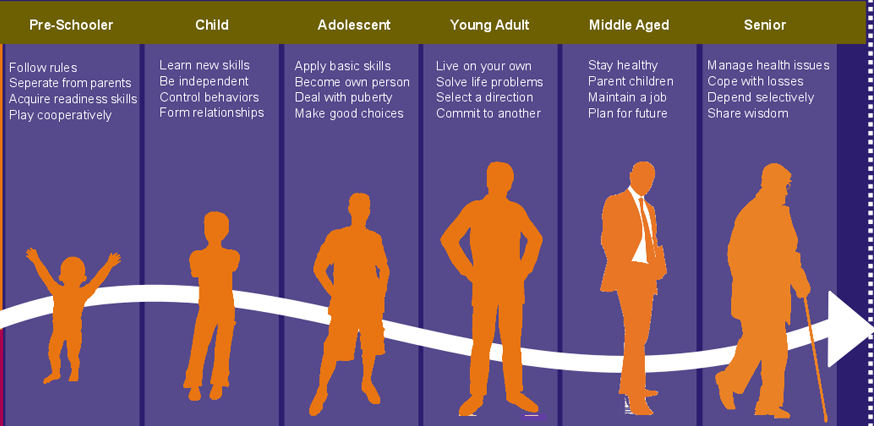Can constipation cause pelvic pain during pregnancy
Why It Happens and What to Do About It
Types of pelvic pain
Pelvic pain is classified as either acute and chronic. Generally, the former refers to short-term pain, while the latter refers to long-term pain.
Acute pelvic pain is sudden, sharp, and at times, severe. When its underlying cause is addressed, the pain goes away — usually within about six months.
Chronic pelvic pain, on the other hand, lasts longer, appearing constantly or intermittently. Unfortunately, chronic pain can persist even after the source of the problem has been identified.
Who’s at risk for pelvic pain during pregnancy?
During pregnancy, it’s common to experience mild discomfort in your pelvic area, mostly because a growing baby takes up a lot of space. If you have an existing condition such as endometriosis or fibroids, you may notice your pelvic pain worsening while pregnant.
Causes of pelvic pain during pregnancy
No matter the cause, pelvic pain can create additional stress and makes it hard to sleep.
An array of health issues could potentially be responsible for pelvic pain. They include acute conditions like urinary tract infections and kidney stones and chronic problems like endometriosis or fibroids, to name a few. These are some of the most common causes for pelvic pain during pregnancy.
Expanding uterus
As pregnancy progresses, the uterus will expand to accommodate the growing baby. Ordinarily, the uterus is about the size of a pear. By the 12th week, it’s roughly the size of a grapefruit. In the third trimester, it’s as big as a watermelon! The stretching of the uterus is bound to produce some discomfort in the lower abdomen, in the form of aches and twinges.
Endometriosis
Endometriosis causes the tissue that lines the uterus to spread to other organs, such as the ovaries and uterine tubes. Symptoms worsen in the first trimester, leading to pelvic pain and cramping. This is likely due to higher estrogen levels or rapid growth of the uterus.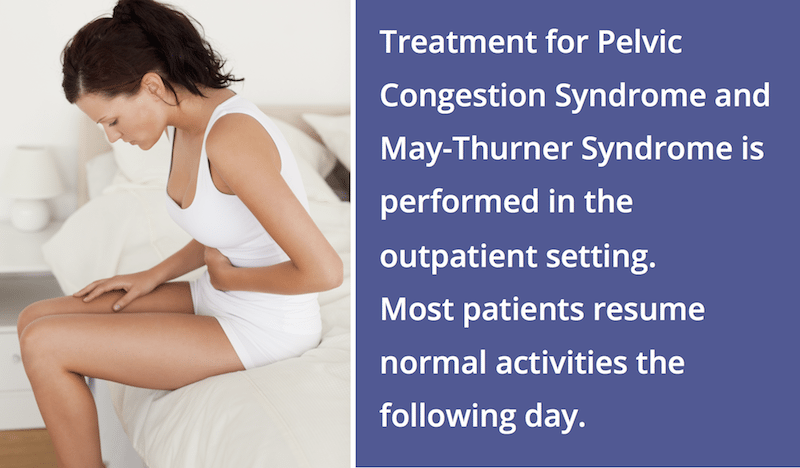 Later on, symptoms may potentially improve, perhaps due to increased progesterone.
Later on, symptoms may potentially improve, perhaps due to increased progesterone.
Urinary tract infection (UTI)
Urinary tract infections (UTIs), also known as bladder infections, are sometimes to blame for pelvic pain during pregnancy.
UTIs occur when bacteria, such as E. coli, make their way inside the urinary tract and multiply in the bladder. This is particularly common between weeks 6 and 24, and it’s usually treated with antibiotics.
The infection creates a persistent urge to pee or a burning sensation when you do, along with pain near your pubic bone.
Pelvic inflammatory disease (PID)
Pelvic inflammatory disease (PID) is a complication of STIs like gonorrhea and chlamydia. The same bacteria responsible for transmitting STIs can spread from your vagina to your uterus, ovaries, or uterine tubes and form pus-filled pockets (or abscesses).
Left untreated, this causes scar tissue to accumulate on your reproductive organs, producing lower abdominal or pelvic pain that can persist for months, or even years.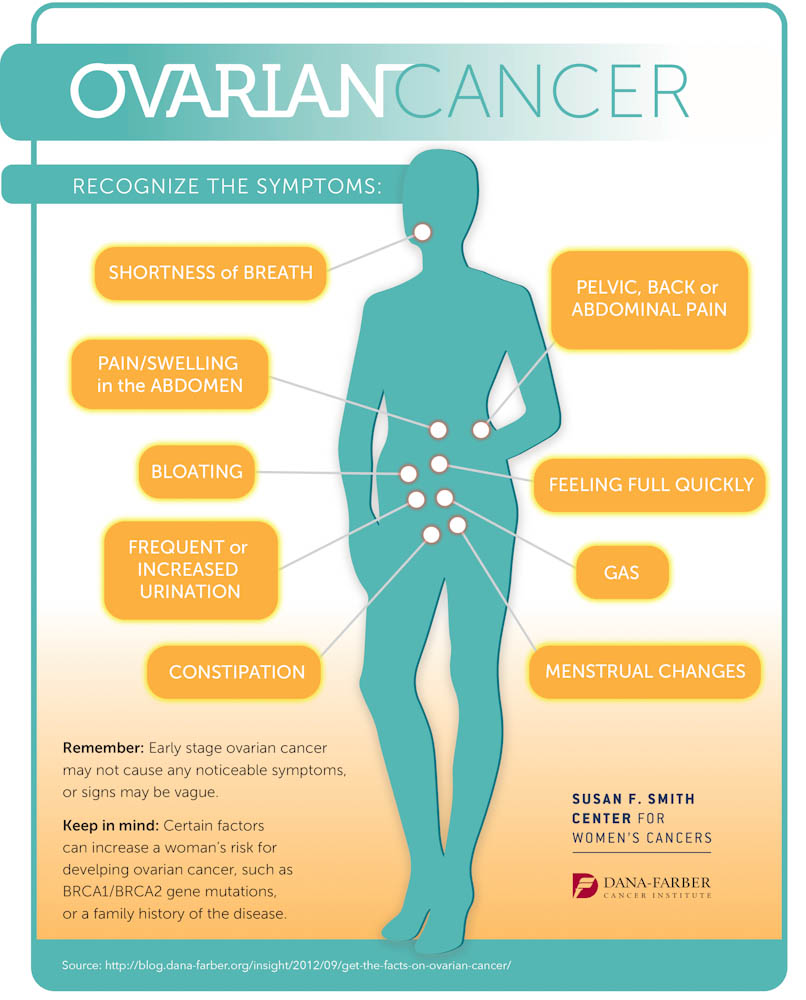
Interstitial cystitis
People with interstitial cystitis (bladder pain syndrome) experience frequent urination, along with pain and pressure in the lower abdomen/back, bladder, and pelvic region. Its origins are unknown, and treatment is limited to symptom relief in the form of prescription drugs or specific lifestyle changes.
Kidney stones
Composed of minerals like calcium and salts found in urine, kidney stones start out small, but enlarge over time. Occasionally, a kidney stone may pass into the ureter — the tube that connects a kidney to the bladder — and become lodged. It then causes a sharp, cramping pain in the back and side before moving to the lower abdomen or groin.
Fibroids
Uterine fibroids are noncancerous growths that progress quickly and can trigger a condition called red degeneration, usually in the second trimester. Symptoms include severe nausea, vaginal bleeding, and vomiting.
The fibroids themselves, however, attach to the wall of your uterus or in your uterine cavity, resulting in pressure and pelvic pain.
Ovarian cysts
Though not always the case, ovarian cysts are capable of causing pain or pressure on one side of your abdomen. And if a cyst ruptures, you’ll likely feel sudden and severe pain.
Constipation
By definition, constipation is less than three bowel movements per week, and roughly half of pregnant women experience it. Why does this happen? As the uterus expands, it presses against the intestines, interfering with their normal function. Alternatively, pregnancy hormones relax the intestinal muscles, slowing down the movement of waste through the body.
Constipation typically produces lower back and abdominal pain or discomfort. Although the use of laxatives isn’t recommended during pregnancy, your doctor can suggest other remedies.
How to treat pelvic pain during pregnancy
If you’re experiencing pelvic pain during pregnancy, discuss it with your doctor. Treatment options vary greatly depending on the underlying condition and include possible lifestyle changes, medications, or surgery.
When to see a doctor
During pregnancy, mild twinges in the lower abdomen or pelvic area are rarely serious. However, sharp or chronic pelvic pain, especially when accompanied by spotting or bleeding, could indicate pregnancy complications and requires immediate medical attention.
Pelvic Pain During Pregnancy: Causes and Treatments
The aches that come with pregnancy can be a pain in the butt—literally. They can also be a pain in the pelvis. According to the American Physical Therapy Association (APTA), roughly one in five pregnant people will experience pelvic pain while pregnant. It can originate in the groin region and radiate into your lower abdomen, stomach and/or perineum. In other words, it’s not particularly localized—and it can really put a cramp in your style.
Pregnancy pelvic pain is relatively common and normal, but that doesn’t mean you should have to suffer through it. Fortunately, there are steps you can take to reduce the discomfort.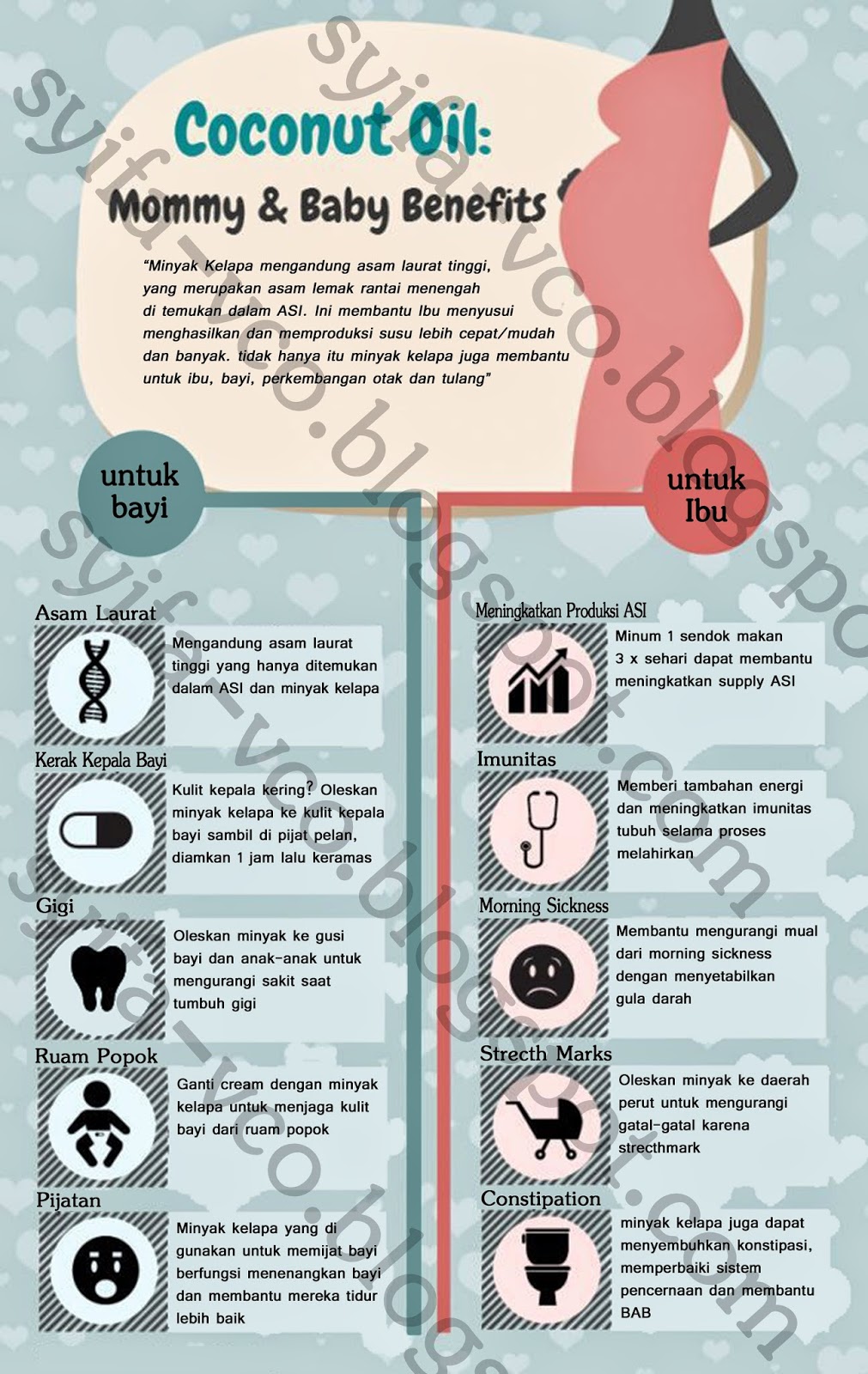 Read on for everything you need to know about experiencing pelvic pain during pregnancy—including what’s normal, what’s not and tips to help you cope.
Read on for everything you need to know about experiencing pelvic pain during pregnancy—including what’s normal, what’s not and tips to help you cope.
In this article:
Symptoms of pelvic pain during pregnancy
What causes pelvic pain during pregnancy?
How to relieve pelvic pain during pregnancy
How to sleep with pelvic pain during pregnancy
When to call a doctor about pelvic pain
Symptoms of Pelvic Pain During Pregnancy
Pregnancy pelvic pain can surface as sharp, shooting pangs that come out of nowhere, or as constant achiness and pressure, says Renita White, MD, an Atlanta-based ob-gyn. It can also happen when you change positions. And while the pain is localized in the pelvic area, it can emanate from slightly different spots:
Pelvic bone pain during pregnancy
“Pain in the pelvic bones is often caused by changes in the way the body moves and functions during pregnancy,” says Laura Giles, DPT, a physical therapist with Luna Physical Therapy.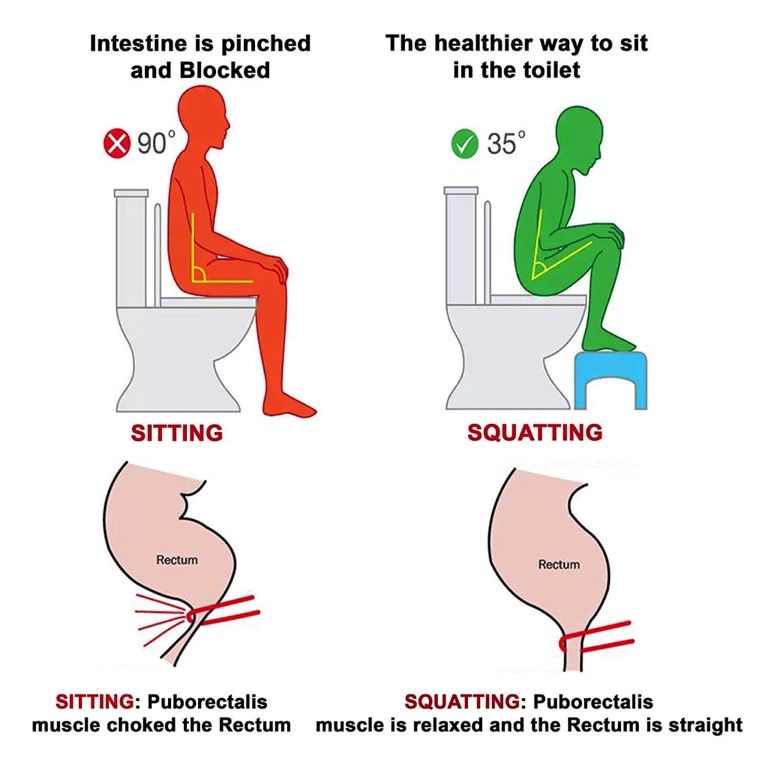 Experts chalk this up in part to pregnancy hormones, which can cause more movement in the joints and be perceived as pain in the actual bone.
Experts chalk this up in part to pregnancy hormones, which can cause more movement in the joints and be perceived as pain in the actual bone.
Pelvic bone pain can radiate from the pubic symphysis (the joint right above your vulva), ischial tuberosities (the “sits” bones) or the sacrum/tailbone, Giles says—and, to complicate things, it usually involves some component of pelvic floor dysfunction. In other words, weak or tight pelvic floor muscles can cause excessive stress on the joint or change the way it functions.
Pelvic girdle pain during pregnancy
Pain that occurs when you use stairs, get in or out of the car, roll over in bed, stand on one leg, lunge or kneel are telltale signs of pelvic girdle pain, which can come on as a sudden jolt or persist as an ongoing discomfort, says Giles. Pelvic girdle pain—also referred to as pubic symphysis dysfunction—stems from the circle of bones that make up the pelvis at the base of the lower back, Giles explains. Weight gain, fluid shifts, uterus growth and loosened ligaments cause strain on the joints of the pelvis, ultimately contributing to pain in the girdle area, the sacrum and/or the front of the pubic bone, says White.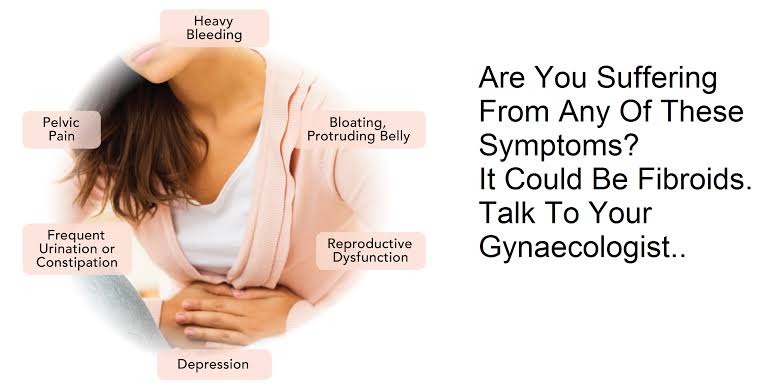
Pelvic floor pain during pregnancy
Also described as pain in the muscle of the pelvis, pelvic floor pain can lead to more pain in the perineum and behind and/or the sciatica and lower back, says White. Tension, pressure or discomfort associated with bathroom and bedroom activities are other hallmarks of pelvic floor pain during pregnancy—which typically stems from excess tension in the area due to tightness or overactivity as baby grows, Giles explains.
What Causes Pelvic Pain During Pregnancy
Pregnancy pelvic pain can kick in as early as the first trimester, but it becomes more common as you move toward your due date. Here’s what causes the aches and discomfort as your pregnancy progresses.
Pelvic pain in early pregnancy
In the first trimester, the stretching of the uterus can cause light cramping in the area, says White. Hormonal changes, constipation or changes in your activity level can also contribute to pelvic pain in early pregnancy, adds Giles.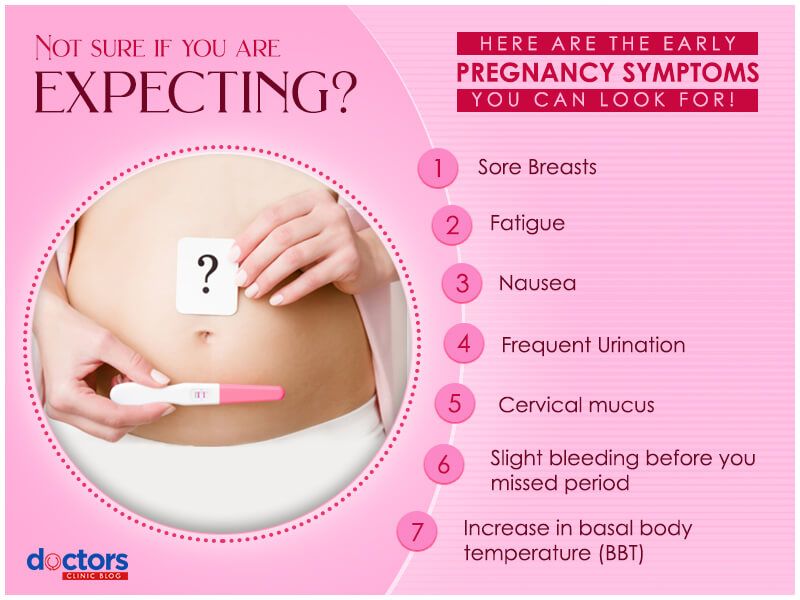 So many changes happen in the first trimester, and it can be difficult to distinguish one discomfort from another. “Any changes in your bowels or bladder, pain with intercourse, trouble with urination, incontinence or generalized pelvic pain are things that you want to look out for,” Giles says.
So many changes happen in the first trimester, and it can be difficult to distinguish one discomfort from another. “Any changes in your bowels or bladder, pain with intercourse, trouble with urination, incontinence or generalized pelvic pain are things that you want to look out for,” Giles says.
Pelvic pain in the second trimester
In the second trimester, the hormone relaxin increases the mobility and flexibility of your joints to make way for your growing baby. While this can make for great progress in prenatal yoga, it can also lead to additional discomfort in the joints and muscles, Giles says. What’s more, tension from strain on your pelvic floor muscles can lead to back pain or pelvic pressure, says White—particularly in response to sudden movements.
Meanwhile, your bump is expanding, and the body adapts by adjusting its spinal position, which can contribute to balance issues and joint strains in the front and back of the pelvis, says Karen Brandon, PT, DSc, a clinical specialist in women’s health physical therapy and spokesperson for the APTA.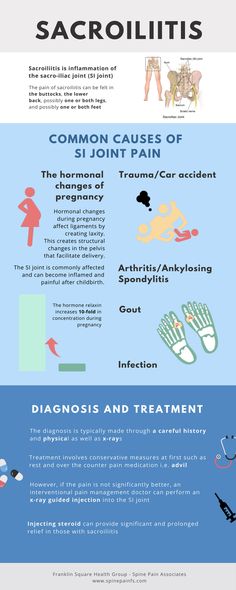 You’re working to keep yourself upright, and this translates to big changes in your posture, which can trigger pelvic pain and dysfunction, Giles adds.
You’re working to keep yourself upright, and this translates to big changes in your posture, which can trigger pelvic pain and dysfunction, Giles adds.
Pelvic pain in the third trimester
Unfortunately, pelvic pain often worsens during the third trimester, when the weight of a growing uterus paired with separation of the pubic bones put additional pressure on the pelvis; this leads to more round ligament pain and sciatica discomfort, White says.
What’s more, as baby drops into the head-down position, they put more strain on your pelvic floor, which can increase pain in your lower back, sacrum, tailbone, sacroiliac joint and the pubic symphysis. “Complaints of pressure, heaviness, tension, dragging and soreness in your perineum often have to do with these muscles becoming tight and overworked,” Giles adds.
Postpartum pelvic pain
Sorry to say that even after baby has arrived, the pelvic pain may linger. “Many women don’t anticipate that there may be musculoskeletal discomforts that persist in the 12 weeks after delivery, which is now referred to as the fourth trimester,” Brandon explains.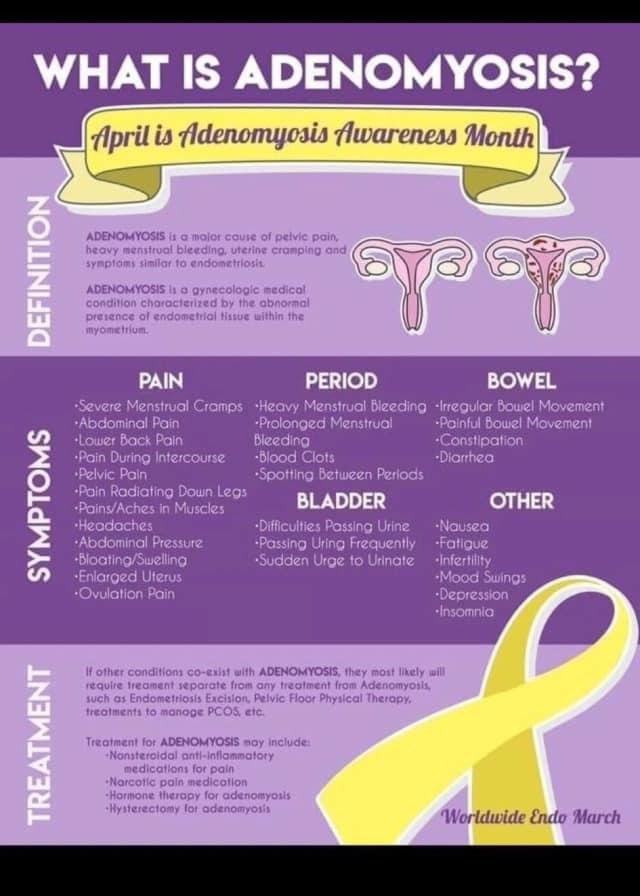 But the truth is that joint imbalances may continue after delivery. Adding potential insult to injury? New strains and weaknesses that may have occurred during delivery.
But the truth is that joint imbalances may continue after delivery. Adding potential insult to injury? New strains and weaknesses that may have occurred during delivery.
How to Relieve Pelvic Pain During Pregnancy
The good news? “Pain doesn’t have to be accepted as normal during the pregnancy or the postpartum period,” says Giles, who recommends seeing a pelvic floor physical therapist with prenatal experience to help eliminate pain and achieve some sense of normalcy during pregnancy. They can recommend stretches and exercises to strengthen surrounding muscles and take some pressure off the nerves and ligaments.
Other ways to mitigate the discomfort include:
- Using a sacroiliac belt or support
- Acupuncture
- Massage therapy
- Prenatal chiropractic care
- Using a warm heating pad or taking a warm bath
It’s also important to change positions slowly and maintain good posture. Sometimes, just taking a load off for a bit is all you need.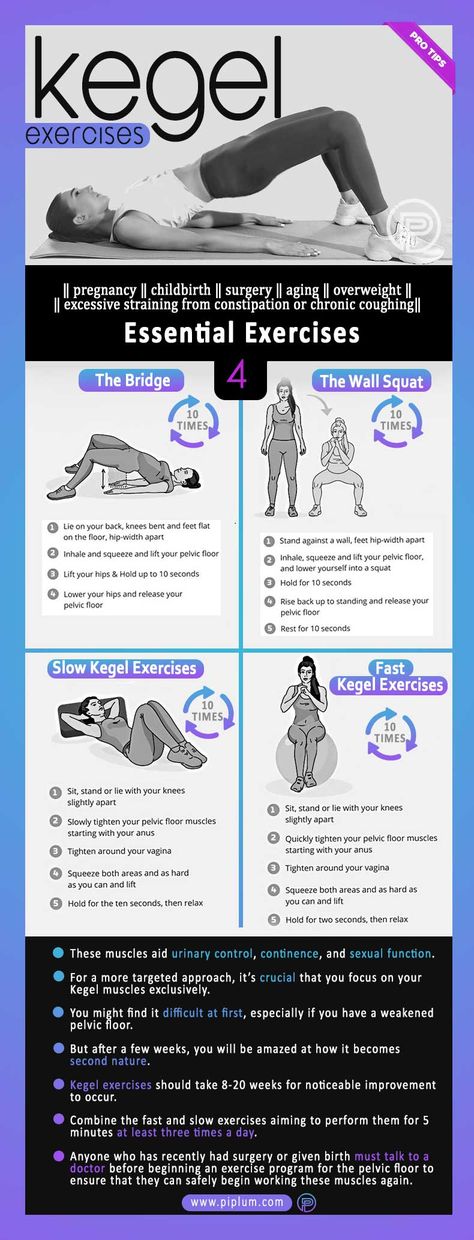 “If you don’t get better with resting, it’s important to follow up with your OB provider to seek more care of this issue—or with a physical therapist who specializes in pelvic health assessment and treatment,” Brandon says.
“If you don’t get better with resting, it’s important to follow up with your OB provider to seek more care of this issue—or with a physical therapist who specializes in pelvic health assessment and treatment,” Brandon says.
How to Sleep With Pelvic Pain During Pregnancy
It’s important to sleep on your side in the second half of pregnancy to ensure optimal blood flow. But you still want to make sure your spine is supported while you snooze, Brandon says. You may need to find a way to get your neck into a neutral position, or wedge a pillow or towel underneath your growing belly to prevent it from pulling you down and rotating your spine.
You’ll also want to make sure your top leg is supported from the hip joint to the ankle to prevent unnecessary strain and imbalance, Brandon says. A pregnancy pillow (or regular pillow) placed between the knees can be helpful for restlessness, pelvic pain, hip pain and lower back pain, Giles says.
Also, try to be mindful while moving around in bed.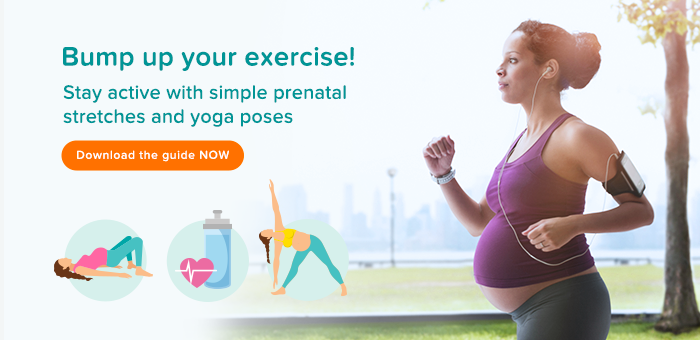 If you’re rolling over, squeeze a pillow between your knees. “It keeps your pelvis in a better alignment and can help get rid of that shocking pain,” Giles says.
If you’re rolling over, squeeze a pillow between your knees. “It keeps your pelvis in a better alignment and can help get rid of that shocking pain,” Giles says.
When to Call the Doctor About Pelvic Pain
White says that worsening or severe pelvic pain during pregnancy warrants a call to your doctor—particularly if it’s accompanied by bleeding, nausea, vomiting or painful urination. “You don’t have to wait until you get to the point where you are unable to walk without limping or cannot put weight on your leg due to pain in your groin, hip, buttock or back,” says Brandon.
That said, rest assured that if you’re experiencing pelvic pain, it’s generally par for the course and typically harmless to you and baby. It’s uncomfortable and inconvenient—but isn’t that true with most things in pregnancy?
About the experts:
Renita White, MD, is an Atlanta-based ob-gyn and co-host of the podcast “Cradle & All.* She earned her medical degree from the Ohio State University.
Karen Brandon, PT, DSc, is a clinical specialist in women’s health physical therapy and spokesperson for the American Physical Therapy Association (APTA).
Laura Giles, DPT, is a physical therapist with Luna Physical Therapy.
Please note: The Bump and the materials and information it contains are not intended to, and do not constitute, medical or other health advice or diagnosis and should not be used as such. You should always consult with a qualified physician or health professional about your specific circumstances.
Plus, more from The Bump:
What Is SPD? Everything to Know About Symphysis Pubis Dysfunction
How to Relieve Back Pain in Pregnancy
Why You Might Have Leg Pain During Pregnancy (and How to Deal)
Why pulls the stomach in the early stages of pregnancy?
Why does the stomach pull in the early stages of pregnancy? This question often worries expectant mothers, and at times leads to panic.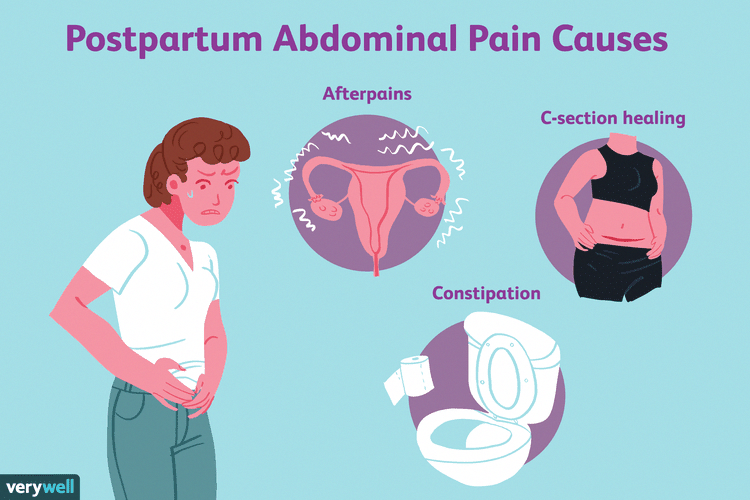 When is discomfort pathology, and when is it normal?
When is discomfort pathology, and when is it normal?
Pregnancy is a special time for a mother and her baby. After all, the connection between them is inextricable, and every negative influence or stress affects both of them.
Possible causes of pain
Every woman dreams of having an easy pregnancy and no cause for alarm. However, a very common complaint among pregnant women is pain in the lower abdomen of a pulling or aching nature.
Complaints are so common that it is necessary to clearly understand when pulling sensations during pregnancy are pathological and require immediate medical attention, and when they are completely physiological and require only general recommendations.
Of course, pain in the lower abdomen can appear at any stage of pregnancy, however, most often women notice their appearance in the early stages of pregnancy.
Painful sensations in the abdomen during pregnancy are very diverse both in subjective sensations and in their localization, in intensity of occurrence. Pain can appear both at rest and after any physical activity. Unpleasant sensations can manifest themselves in one place, or radiate to other areas.
Pain can appear both at rest and after any physical activity. Unpleasant sensations can manifest themselves in one place, or radiate to other areas.
Unpleasant sensations in the lower abdomen are rarely avoided during pregnancy. These sensations can occur not only in pathology. During pregnancy, the uterus increases in size, there is a tension in its ligaments and muscles. In addition, there is a displacement of the pelvic organs. All this leads to the appearance of pulling or aching sensations in the abdomen. All these phenomena are manifestations of physiological changes that occur to a woman during pregnancy.
Of course, this state of fear does not cause and does not require any intervention on the part of the doctor. However, pulling pains in the lower abdomen are not always a physiological process. It happens that this indicates that the pregnancy proceeds with pathology and requires medical adjustment.
That is why, if there are pulling or aching pains in the lower abdomen, it is necessary to contact an obstetrician-gynecologist in order to accurately determine the cause of the pain.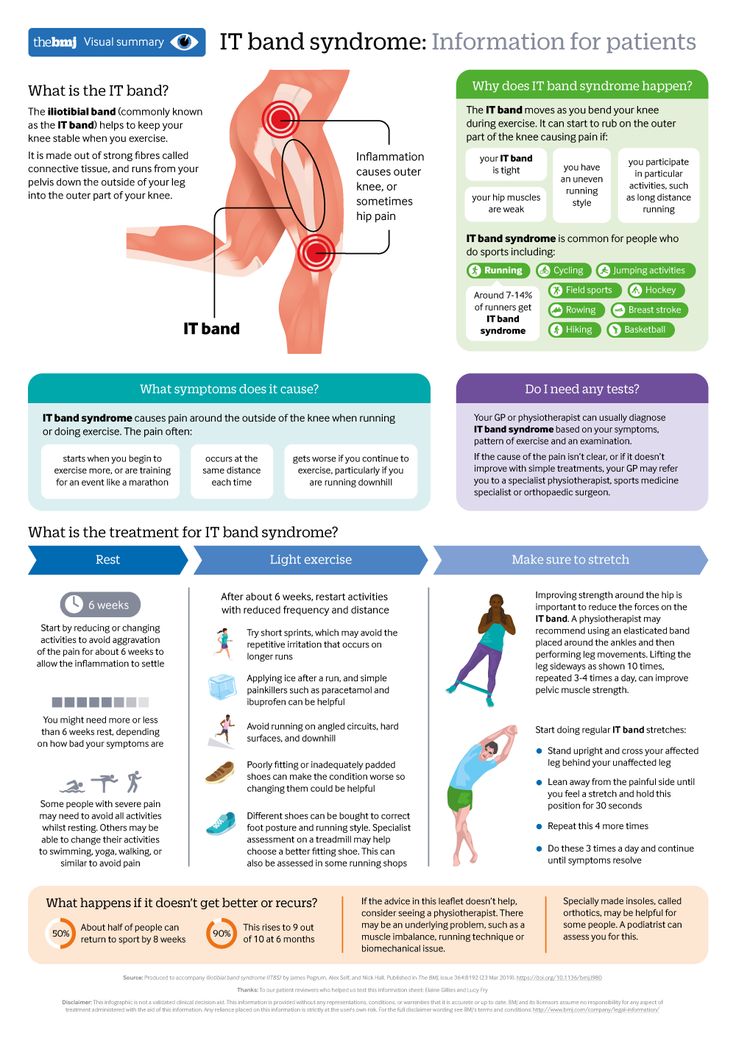
Never self-medicate. Remember that you are responsible not only for yourself, but also for the little man that you carry under your heart.
Abdominal pain during pregnancy may be:
- obstetric;
- "non-obstetric".
Pain associated with pregnancy may be developmental:
- physiological changes during pregnancy;
- threatened miscarriage;
- missed pregnancy;
- ectopic pregnancy.
Pain not associated with pregnancy may occur with:
- inflammatory processes;
- pathologies of the digestive system;
- surgical diseases;
- diseases of other organs or systems.
Pain in the lower abdomen during pregnancy as a variant of the norm
Not all pain in the lower abdomen during pregnancy is a manifestation of pathology. Sometimes they can occur during the normal course of pregnancy.
As a physiological process, pain in the lower abdomen can occur in the following situations:
- sign of pregnancy;
- displacement of the pelvic organs by the growing uterus;
- stretching of the ligaments and muscles associated with the growth of the uterus.
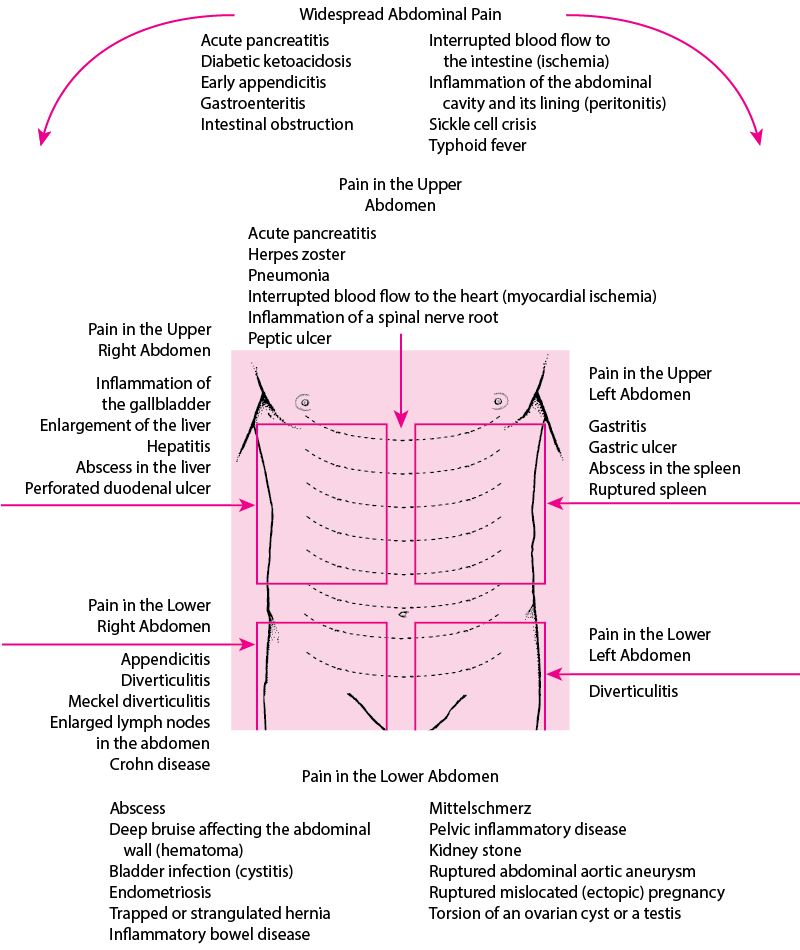
Abdominal pain is a sign of pregnancy
Finding out that you are pregnant is now not a big deal, because there are pregnancy tests. In addition, a delay in menstruation can serve as evidence of pregnancy.
All this is good when menstruation is regular and delayed by at least 14 days. In this case, the pregnancy test may be positive. However, do not forget that not all tests are highly accurate, so it can show two cherished strips much later than we would like.
Therefore, it is necessary to pay close attention to the sensations of your body, because it signals the onset of pregnancy long before the manifestation of a delay in menstruation.
If you assume that pregnancy is possible, then listen carefully to your body: it can send you a signal in the form of pulling pains in the lower abdomen. At the same time, the pains will differ in their intensity: one woman will say that the pains are unbearable, the other will not notice them at all.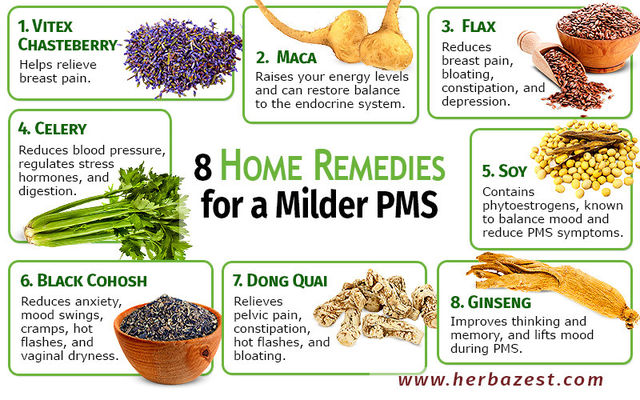 Each woman is individual.
Each woman is individual.
If each menstruation is preceded by unpleasant pain in the lower abdomen or lower back, you may not understand that once again they are associated with the onset of pregnancy.
Pain in the lower abdomen during pregnancy may be associated with the implantation process. To do this, you need to remember the process of fertilization of the egg by the sperm. After their fusion in the fallopian tubes, the fertilized egg enters the uterus under the action of the movement of cilia in the fallopian tubes. The uterine endometrium is a loose mass where a fertilized egg is implanted.
The process of implantation is the insertion of a fertilized egg into the endometrium of the uterus. At this time, there is a violation of the integrity of the endometrium, which may be accompanied by unpleasant sensations in the lower abdomen. In addition, sometimes slight dark bloody discharge may appear from the genital tract, which can be perceived as the beginning of another menstruation.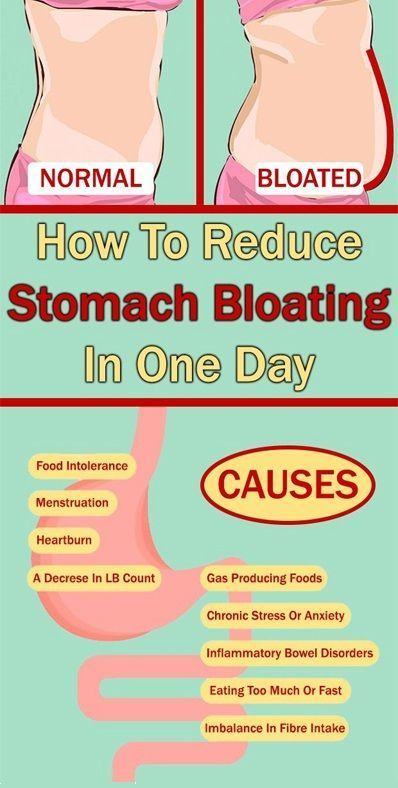
Threatened miscarriage
A fairly common cause of pain in the lower abdomen is a threatened miscarriage. This condition is individual and does not depend on physical exertion or complete rest, but on the condition of the woman and her unborn child.
Among the reasons that may cause a miscarriage may be:
- severe physical exertion;
- sexual contact;
- malnutrition of the ovum;
- genetic disorders and other causes.
Of course, this is not evidence that a miscarriage will not occur with complete rest. Miscarriage can occur due to genetic abnormalities, and due to stress. No woman is immune from the threat of pregnancy loss.
That is why attention and sensitivity to the state of your body is so necessary, which will in every possible way send signals that the pregnancy is not going the way you want.
Threatened miscarriage is accompanied by:
- aching or pulling pains in the lower abdomen;
- aching or drawing pains in the small of the back or sacrum.

- bloody discharge from the genital tract.
If you have pain in the lower abdomen, you need to see a doctor, because a threatened miscarriage, if medical assistance is not provided, can turn into an abortion that has begun, the treatment of which is much more difficult, if not completely useless.
An ambulance should be called if:
- pain in the lower abdomen gets worse;
- pains begin to radiate to other areas;
- painful sensations do not go away for a long time;
- bloody discharge from the genital tract appeared.
Increased pain
If the pulling pains in the lower abdomen are weak, do not increase and do not radiate to other areas, then you can come to the antenatal clinic in the daytime on your own. This will not threaten serious complications of your condition.
If the pain becomes more intense, does not go away at rest, you should not self-medicate, take drugs without a doctor's prescription.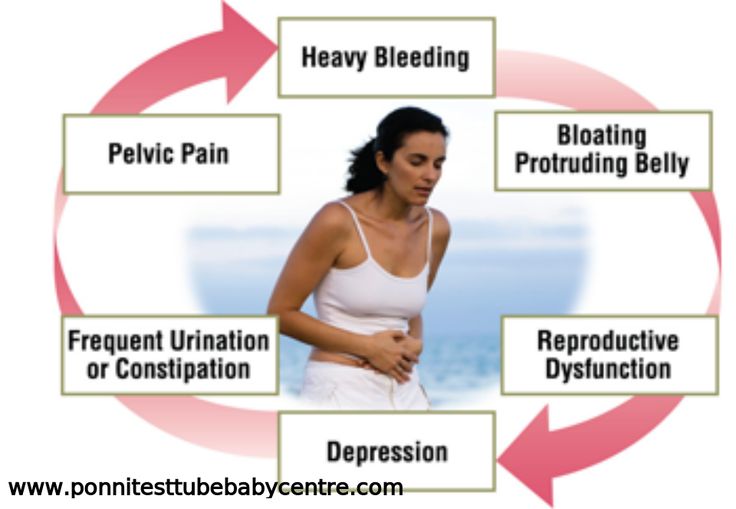
Do not put anything on the stomach. Both hot and cold application can contribute to the onset of a miscarriage. In addition, with the threat of termination of pregnancy, this manipulation will not remove the pain.
Localized pain
When a threatened miscarriage occurs, pain of a pulling or aching nature disturbs the pregnant woman in the lower abdomen.
If the pains have a clear localization in a certain place, most often on the right or left, then a mandatory consultation with a specialist is necessary, since an ectopic pregnancy or surgical pathology, such as appendicitis, may develop.
Bloody discharge from the genital tract
If bloody discharge from the genital tract has joined the pulling pain in the lower abdomen, urgent medical attention is needed. This phenomenon may indicate a miscarriage that has begun.
The discharge may be scanty, spotting or copious, dark or bright. In any case, you can not do without consulting an obstetrician-gynecologist.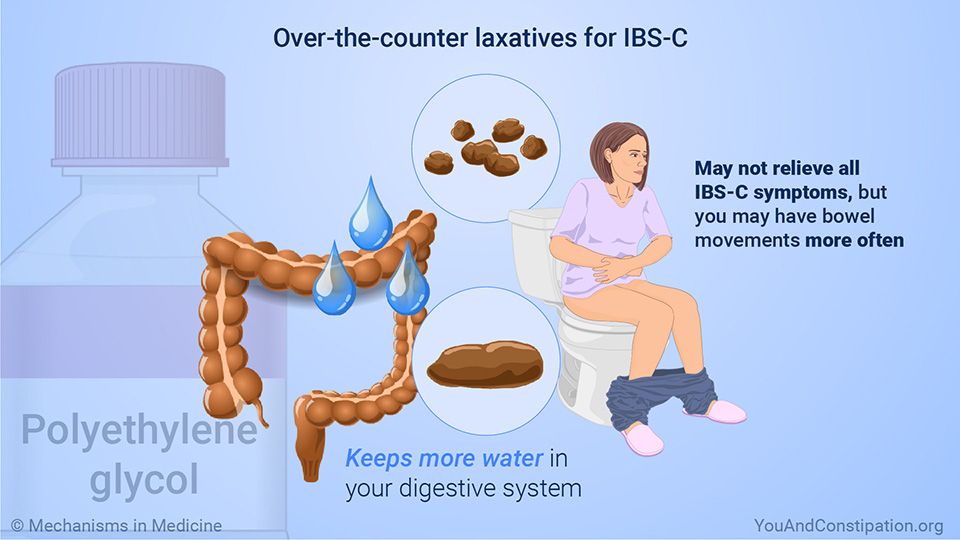
There are situations when there is no pain, but there is bloody discharge from the genital tract. This case also requires specialist advice.
Any bloody discharge from the genital tract may indicate a miscarriage. Only timely treatment can contribute to the preservation and prolongation of pregnancy.
In some cases, the appearance of bloody discharge from the genital tract may be a manifestation of a miscarriage, which requires immediate medical attention.
Miscarriage
The fertilized egg does not always develop correctly. In some cases, there is a cessation of its division and death. Most often, missed pregnancy occurs due to any mutations. At the same time, the woman does not suspect that the pregnancy has stopped.
However, the dead fetal egg begins to be rejected on its own. At the same time, there are pulling pains in the lower abdomen, which are soon joined by bloody discharge from the genital tract.
When a miscarriage is diagnosed, curettage of the uterine cavity may be indicated. Conservative management is also possible, but this can only be determined by a specialist after consultation.
Conservative management is also possible, but this can only be determined by a specialist after consultation.
Ectopic pregnancy
Ectopic pregnancy most often occurs as a tubal pregnancy, when the fertilized egg does not reach the uterus, and the implantation process occurs in the fallopian tube. At the same time, the development of the fetal egg can continue for a long time without any manifestations, up to 12 weeks of pregnancy. However, most often such a pregnancy is interrupted at 6 to 8 weeks.
The fertilized egg develops and grows, which causes pain in the right or left side of the lower abdomen. The pains are unilateral, are obsessive, tend to increase.
In addition to pain in the lower abdomen, bloody discharge from the genital tract appears, and the pain begins to radiate to the leg from the side of the pain. There may be unpleasant sensations of pressure on the rectum. Medical surgery is the only way to save a woman's life. Preservation of pregnancy is impossible.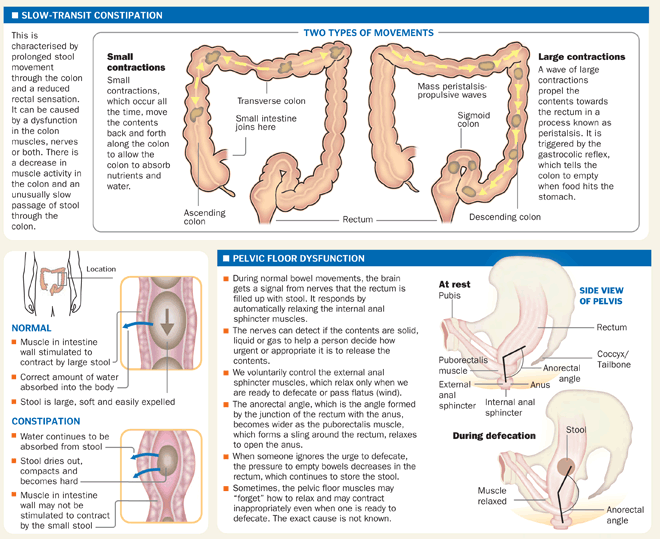
"Non-obstetric" causes of pain in the lower abdomen
Inflammatory processes
Among the "non-obstetric" causes of pain in the lower abdomen, the most common are inflammatory processes of the pelvic organs. If earlier it was believed that there could be no inflammation in pregnant women, now it has been proven that a decrease in the immunity of a pregnant woman awakens all pathological processes in her body.
Pain in inflammatory processes of the pelvic organs differ in their intensity. At the same time, they occur in the lower abdomen and most often have a pulling or aching character.
Pathology of the digestive system
Very often, pulling pains in the lower abdomen can occur in a pregnant woman due to problems with the digestive tract. During pregnancy, there is a decrease in intestinal contractility. In addition, there are significant changes in the hormonal background of a woman. Therefore, very often pregnancy is accompanied by constipation and bloating.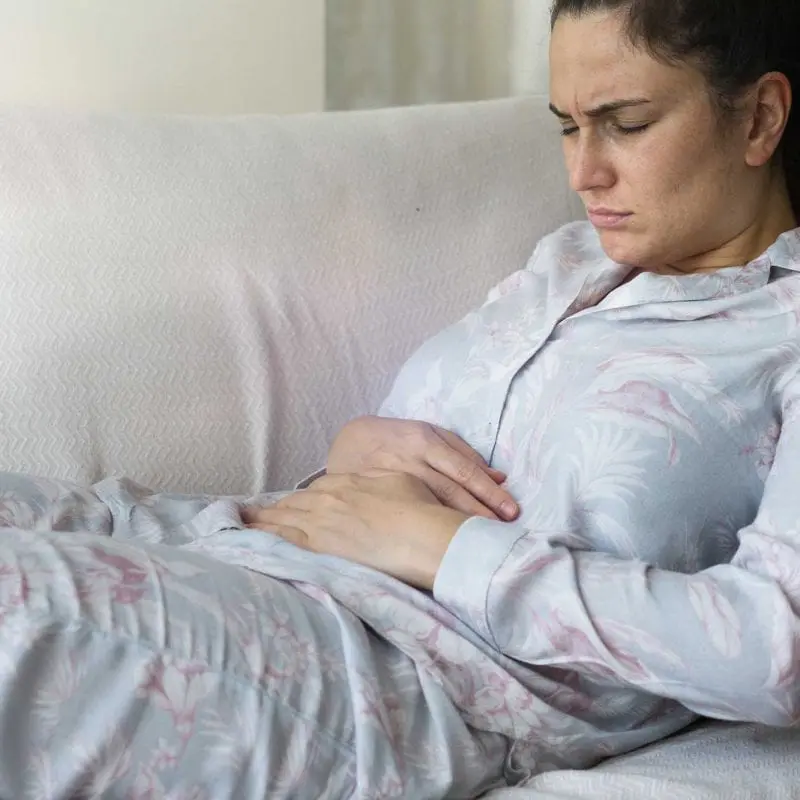 To normalize digestion, a change in diet is recommended and mild laxatives can be taken.
To normalize digestion, a change in diet is recommended and mild laxatives can be taken.
Surgical pathology
Of the surgical pathologies that may be accompanied by pulling pains in the lower abdomen during pregnancy, acute appendicitis is the most common.
In the early stages of pregnancy, it is obligatory to differentiate obstetric and gynecological diseases from appendicitis, since it has similar symptoms. There are pains in the lower abdomen, which most often occur in the navel or stomach, and then descend to the right iliac region. Nausea, vomiting, fever joins. The only treatment is surgery. In this case, the pregnancy is preserved.
Diseases of other organs or systems
In addition to obstetric and surgical causes, which can cause pulling pains in the lower abdomen in early pregnancy, other body systems may also be involved in the pathological process. The most common lesion is the urinary tract.
Cystitis
Due to the anatomical features of a woman, cystitis can occur at any time and in any condition, so pregnant women are just as susceptible to it as non-pregnant women.
The bladder, located in the lower third of the abdomen, may give false symptoms of threatened miscarriage.
Cystitis, in addition to pulling or aching pains in the lower abdomen, is accompanied by pain during urination, pain at the end of the act of urination. In addition, with cystitis, the urine may be stained with blood, and it is difficult to distinguish this from bloody discharge during a miscarriage.
In any case, it is necessary to consult an obstetrician-gynecologist, pass a general urine test, and then consult a urologist and treat the infection. Any infection can adversely affect the condition of the fetus, so timely treatment is the key to the normal development of your child.
Make an appointment with a gynecologist
For more details, consult a qualified specialist at the Semeynaya clinic.
To clarify the prices for a gynecologist's appointment or other questions, follow the link below:
Treatment of constipation in pregnant women with osteopathic methods muscles of the digestive tract;
• stabilize the functioning of the large intestine;
• improve peristalsis;
• reduce the manifestations of toxicosis;
• activate the circulation of the small pelvis;
• normalize the synthesis of hormones, etc.

The Center for Osteopathy and Health examines the causes of constipation and selects an effective scheme to combat them
The doctors of the clinic resort to methods that increase the body's own resources. They help to regulate the processes occurring in it, quickly leading to a noticeable improvement in the motility of the digestive tract
Osteopath normalizes the tone of the pelvic muscles, resulting in complete disappearance of flatulence and constipation during pregnancy.
In addition, the doctor normalizes the overall trophism of the internal organs, which allows you to accelerate the movement of food masses through the colon.
All of our doctors have higher medical education!
Doctors of the Osteopathy and Health Center know how to treat constipation during pregnancy:
Osteopath uses special methods to improve the condition of the internal organs and the whole body , which effectively improves bowel movements.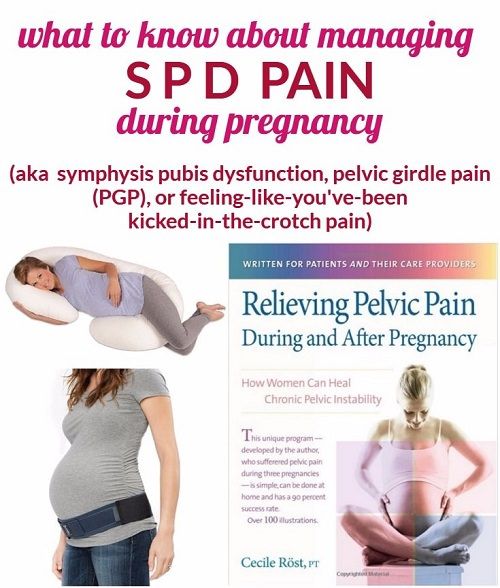
Chiropractor normalizes the position of the intervertebral discs, the displacement of which often causes stool disorders.
Massage for constipation normalizes the position of the joints, increases body mobility and significantly improves peristalsis.
Homeopathy relieves constipation, stimulating the flow of metabolic processes and eliminating congestion in the body.
Physiotherapy relieves constipation in pregnant women, reducing spasm of the muscles of the spine and eliminating the feeling of heaviness in the abdominal cavity.
Psychologist will tell you how to get rid of constipation at home without the use of drugs.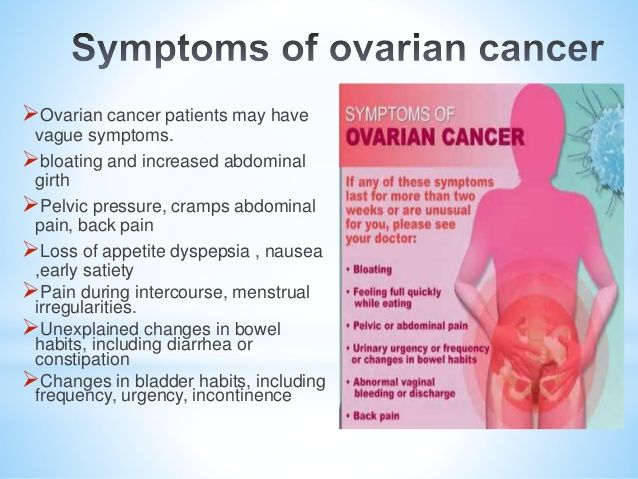 He will advise you on how to cope with stress and reduce tension in the lower back and pelvis.
He will advise you on how to cope with stress and reduce tension in the lower back and pelvis.
In your case, a set of methods will be applied that only a doctor can determine after consultation
Sign up for a consultation
Etiology of violations
of the reasons that cause back and grate features of its course.
These include:
• physical inactivity;
• hormonal changes;
• lack of fluid in the body;
• unbalanced diet;
• weakening of peristalsis;
• enlargement of the uterus;
• colonic compression;
• stagnation of feces, etc.
In the risk group are patients who developed hemorrhoids or anal fissures during pregnancy.
Sometimes constipation occurs due to a change in metabolism, resulting in weakened bowel function.
Stress and emotional swings that accompany pregnancy also often cause a slowdown in the motility of the digestive tract.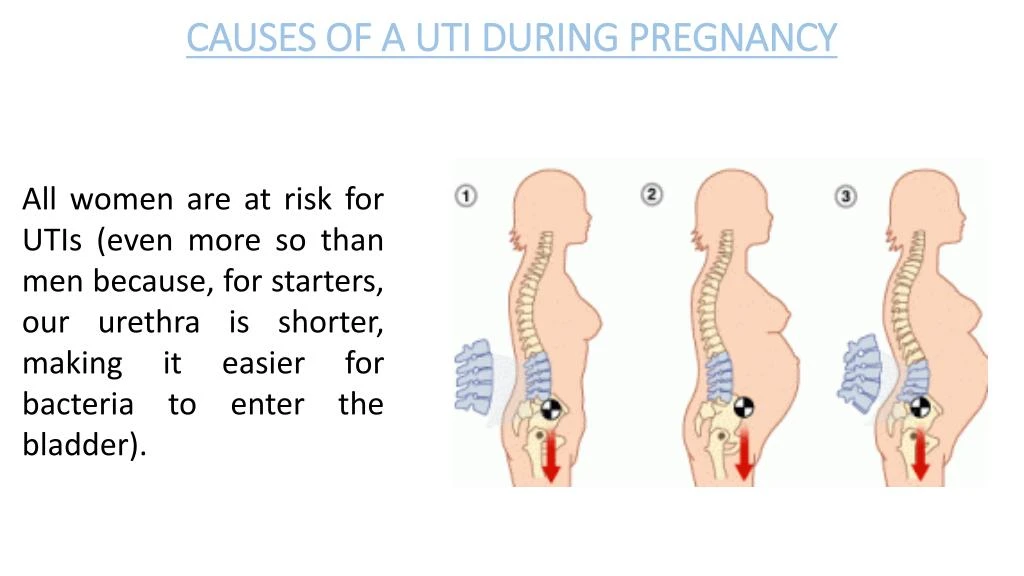
Symptoms of the disorder
The main indicator of the occurrence of such a disorder is a decrease in the frequency of stools to 1 time in 7 days or even less often.
Symptoms of constipation during pregnancy are quite distinct.
1. The consistency of the feces becomes very dense, which causes pain and discomfort in the abdomen.
2. When going to the toilet, the woman has difficulty emptying her bowels. Therefore, due to a violation of the integrity of the mucous membrane of the rectum, streaks of blood are sometimes noticeable in its feces.
3. After defecation, she feels in the anus a feeling of incomplete liberation.
4. The patient often has nausea, bitterness in the mouth and flatulence.
Diet for constipation somewhat helps to improve the condition of a woman, but in general, such a problem needs a comprehensive solution
Results of contacting the Center for Osteopathy and Health
It is not recommended to take laxatives during pregnancy in order not to harm the fetus .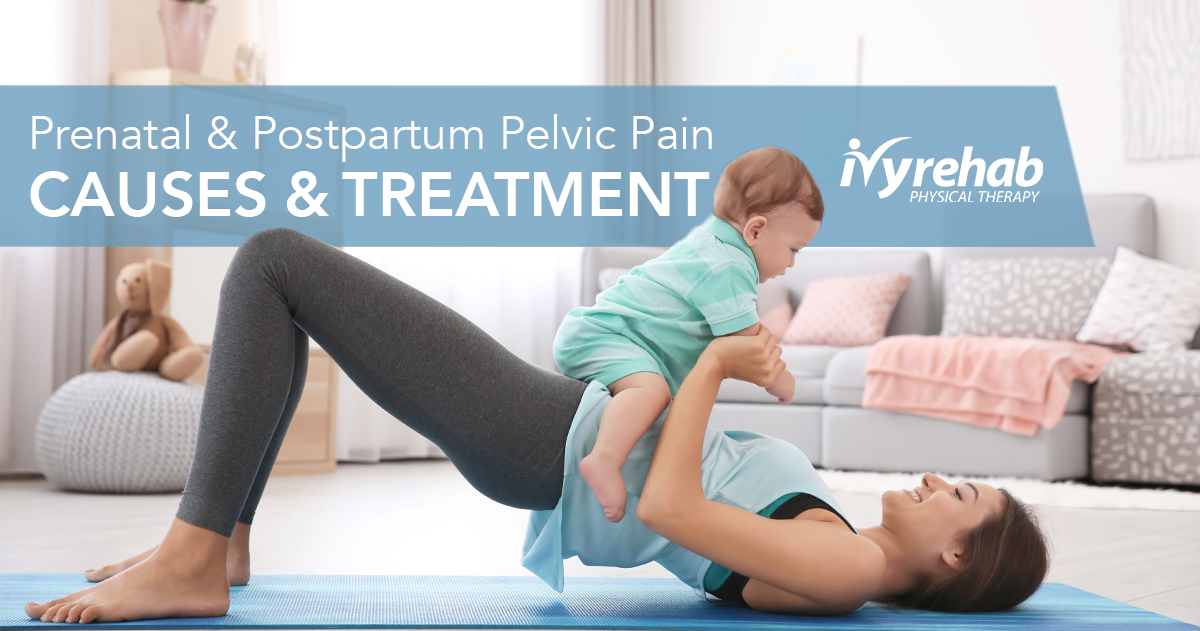 Therefore, the treatment of constipation at this time is difficult.
Therefore, the treatment of constipation at this time is difficult.
The Center for Osteopathy and Health has found effective ways to correct the disorder, allowing you to quickly achieve a noticeable improvement in the condition of patients.
Already at the very beginning of the course of therapy:
1. Intestinal activity is activated.
2. Normal stool frequency is restored.
3. Increases the tone of the internal organs.
4. The position of displaced vertebrae is stabilized.
5. The processes of excretion of decay products from the body are improved.
6. The position of the pelvic diaphragm is balanced.
7. Clamps and muscle tensions are eliminated.
The specialists of the Center will select the right nutrition for constipation, advise on measures to prevent relapses and improve the course of pregnancy in general.
Patient testimonials
02/15/2018 Many thanks to the wonderful doctor Lazareva N. G! It’s not the first time that she helps me out. For the first time I turned to Natalya Gennadievna 11 years ago with unbearable pain in the shoulder blade. pain, and with it other, causing discomfort, pulling pains characteristic of pregnant women: in the back, lower back, pelvic bones. The birth was wonderful: quickly, painlessly for the child. Natalya Gennadievna also often helped me with problems in children: adenoids, straightened dental injuries, the consequences of falls. Now Natalya Gennadievna put me on my feet. it was already painful to walk for a day, it was hard to breathe. Fortunately, I already knew who to turn to. Natalia Gennadievna helped again! THANK YOU! Zaitseva Elena Mikhailovna G! It’s not the first time that she helps me out. For the first time I turned to Natalya Gennadievna 11 years ago with unbearable pain in the shoulder blade. pain, and with it other, causing discomfort, pulling pains characteristic of pregnant women: in the back, lower back, pelvic bones. The birth was wonderful: quickly, painlessly for the child. Natalya Gennadievna also often helped me with problems in children: adenoids, straightened dental injuries, the consequences of falls. Now Natalya Gennadievna put me on my feet. it was already painful to walk for a day, it was hard to breathe. Fortunately, I already knew who to turn to. Natalia Gennadievna helped again! THANK YOU! Zaitseva Elena Mikhailovna |
Answers to frequently asked questions
What are the features of osteopathic treatment?
The doctor's work is aimed at improving the flow of metabolic processes in the gastrointestinal tract. Normalization of its tone and tissue trophism contributes to its more active functioning.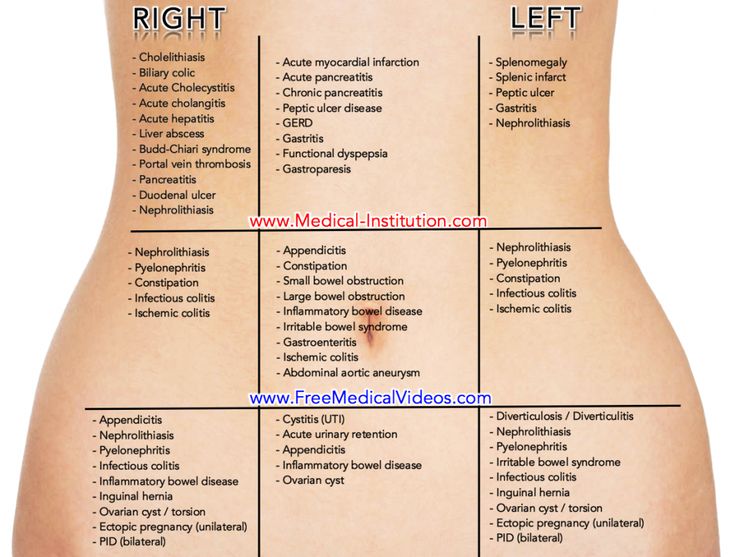
Thanks to the influence of a specialist, digestive activity is accelerated, constipation during pregnancy disappears, and stool frequency is fully restored.
When should I contact the Center?
Already in the first weeks of gestation, a woman needs to ensure the normal functioning of the gastrointestinal tract.
Doctors use special manual techniques, massage, homeopathy and other therapies aimed at normalizing muscle tone, relieving tension in the pelvic area and improving the functioning of internal organs. And the prevention of constipation in pregnant women will allow you to forget about the problem forever.
Can constipation be managed without treatment?
It is necessary to treat such a condition, since a long period of stagnation of harmful substances and waste products in the body can adversely affect the patient's health as a whole.
And the complications of constipation during pregnancy can significantly worsen the overall course of the gestation process.